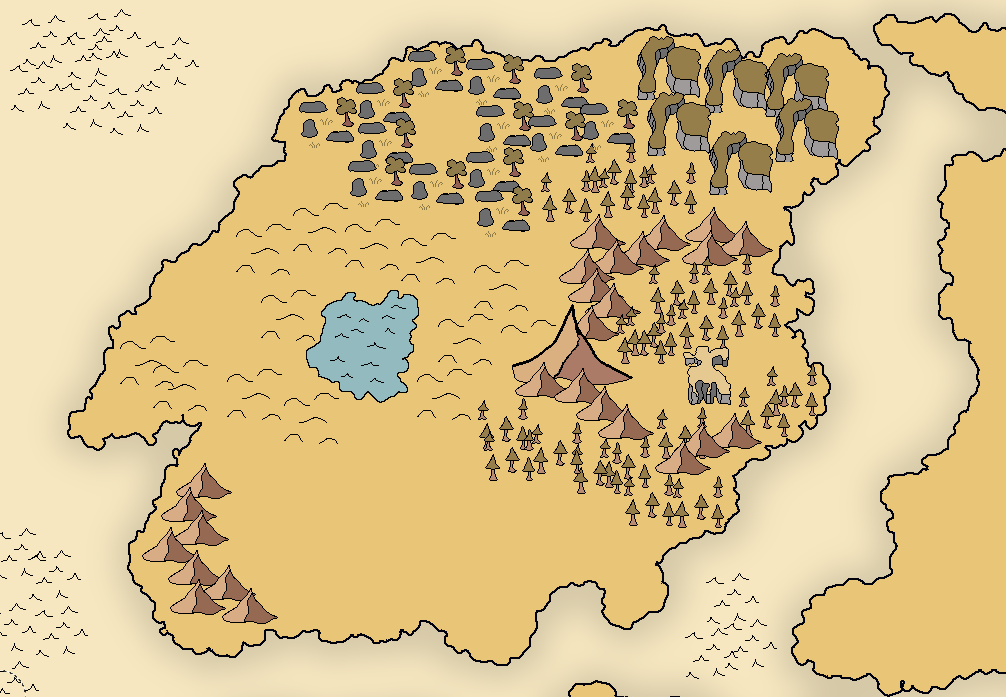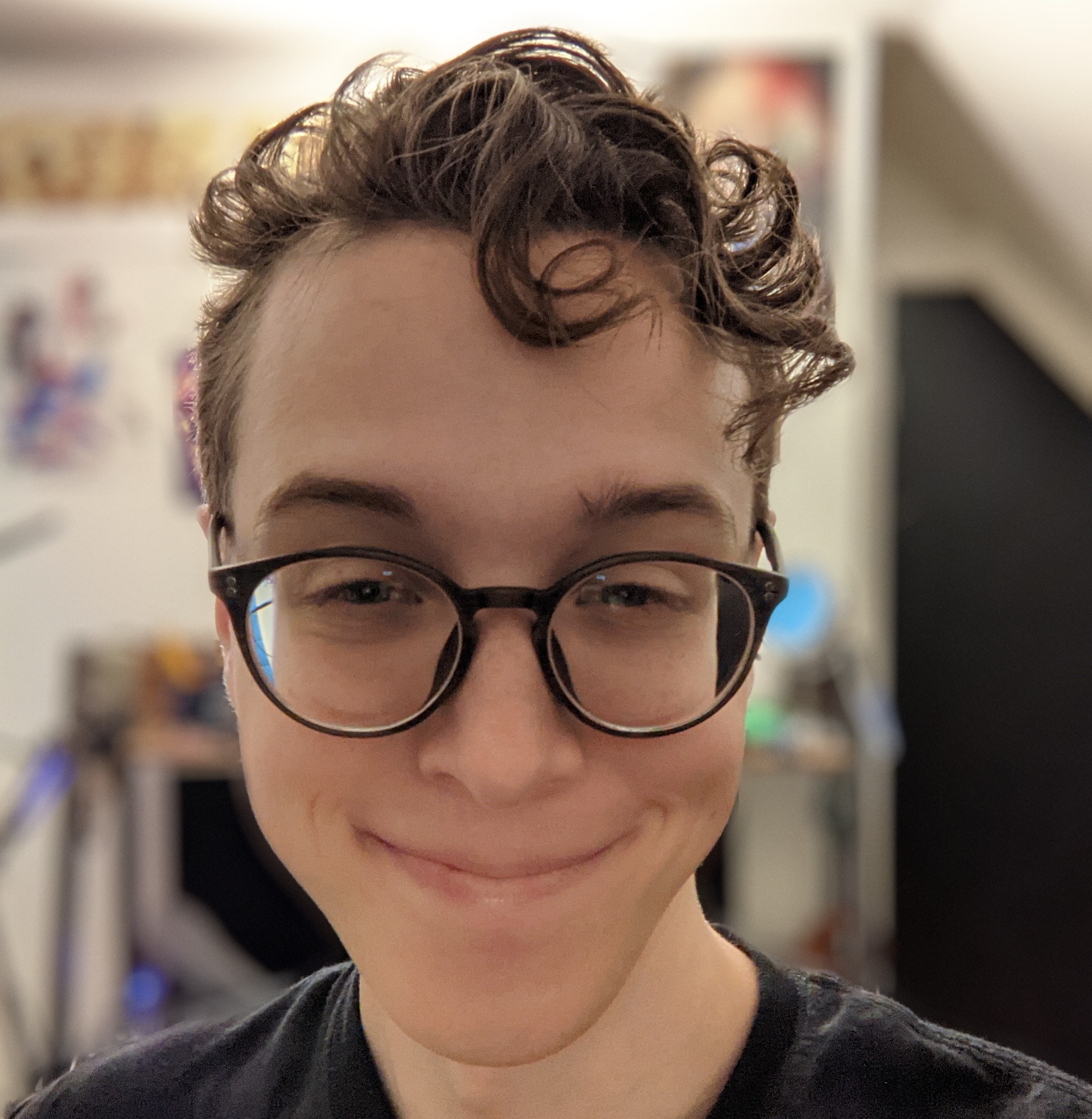Written on April 30, 2020 by Gale Proulx
Category: Personal Writing
It was four years ago on a overcast Thursday afternoon in November my young first-year legs were excitedly strutting into our local movie theater. The next installment in the Harry Potter series had hit theaters and no amount of homework was going to stop me from seeing what happened next in the wizarding world.
Conception of an Idea
Fantastic Beasts was not your stereotypical Harry Potter movie, taking place in New York rather than England with a different protagonist. This new change in scenery was not the reason I went to see the movie. I was interested in one particular aspect: character-world interaction. One thing that had always made Harry Potter a cool series for me was the way each character interacted with the magical world around them. Although magic was a major part of the plot in Harry Potter, the system was not limited to just being a plot device. Little scenes such as when Harry entered The Burrow to see dishes washing themselves to the Quidditch World Cup made the viewer feel like they were immersed in a different world. The little details made the movies almost feel like a magical world was possible. Books flying in the background aren’t important to the plot, but they sure do make a magical library feel magical.
When I finally got the chance to see Fantastic Beasts, I was left with a question: what would a fantasy world be like if magic was a well established, accessible part of the world. Similar to Lord of the Rings (LOTR) or Avatar: The Last Airbender but on a much bigger scale. This question is what started the Unintentional Calamity Project (UCP).
Exploring a Concept
One month after I watched Fantastic Beasts, I was sitting in a Champlain College lab writing up ideas for what the plot would be. Soon enough, it became apparent that this project would involve a lot more than one book to explore this idea. I wanted to not only explore this strange new magic system, but explore moral questions in a similar fashion to Star Trek. By the time I left that Champlain College lab, UCP turned from a one book idea into a series of books. Similar to how Orson Scott Card developed Ender’s Game, I found that my main story needed background. In fact, it needed a whole book of background. The motivations of the main character would be lost if they were introduced as some savior who had done great things without any explanation as to what those great things were. Gandalf from LOTR was a really cool character, but when the journey first starts we have no clue as to why Gandalf wants to help Frodo. He is just assumed to be a good wizard. (This is the impression given in the movie, I am not talking about the LOTR series as a whole as it is quite extensive.)
A year later I continued developing the first installment in the UCP. During the summer after my second year, I wrote the first half of the first book finding out that jumping into writing was becoming increasingly harder. The scale at which I wanted the world to exist was extensive. The more I wrote, the more I found winging world mechanics would not work. To build a world with thoughtful character-world interactions required an already developed world. If I wanted to make the reader feel like they were traveling in a new world, I needed to develop the whole world: not just the part of the world my character interacted with.
By my third year I had submitted my first chapter to Critique Circle receiving extensive feedback from an editor. I had also asked multiple professors to look at my work. All the feedback was positive only further convincing me that this project had potential.
In my final year at Champlain College I started writing a compendium to outline characters, creatures, species, plot points, artifacts, landmarks, backstories, and more. This compendium will most likely be expanded upon throughout the duration of this book as well as the other books.

Starting a Journey
Unfortunately, college combined with three other part time jobs and a social life leaves little time to work on a massive passion project. Today, the second to last day of finals before graduation, is the time that I have decided I should officially start the project. With new professional skills and having successfully completed a year-long capstone project, this project now seems possible.
In order to tackle this issue in an organized fashion, I have created a project management spreadsheet. In LibreOffice Calc I made a table to map out all the different tasks I wish to accomplish and a timeline of when I should achieve them. I also wrote a macro to show how far along I should be to keep myself on track. (Admittedly the macro was not necessary, but my Computer Science minor wanted it to happen.) The final product is below.

With the tool made, I returned to my whiteboard to start sketching out the different things I wanted to create to fulfill my vision of what my magical world should look like. Since the universe I want to create is extensive, I limited my brainstorming to only contain information according to the first book. By breaking out the universe into different categories (characters, magic system, landmarks, artifacts) I was able to tackle each issue and explore if I had any sub tasks that would need to be done.
When I felt satisfied with the rough outline, I entered all the information into my new spreadsheet. The project is now well underway, with the world map being the first step to creating a new world.
Creating a World Map
Back in my second year of college, I went through a tutorial to make a fantasy map in Adobe Photoshop, so this was not a completely foreign concept to me. Unfortunately, Photoshop costs a lot of money. As a almost graduated college student, the budget for this project is not exorbitant. GIMP, a free and open source software was the next best thing. After looking a at a couple of tutorials and using a reference image for a rough color palette and inspiration, I have reached a fair first draft. (Do note that I have never used GIMP before for anything more than rotating a picture. The learning curve is extensive, especially for someone who has little experience with artistic creativity.)

After the main geographical assets have been made and placed, my next step is to create village assets and start mapping the journey that our main character Chelsen will take.
After a four year effort to get this thing off the ground, it appears the first chapter in this new journey is finally starting.
